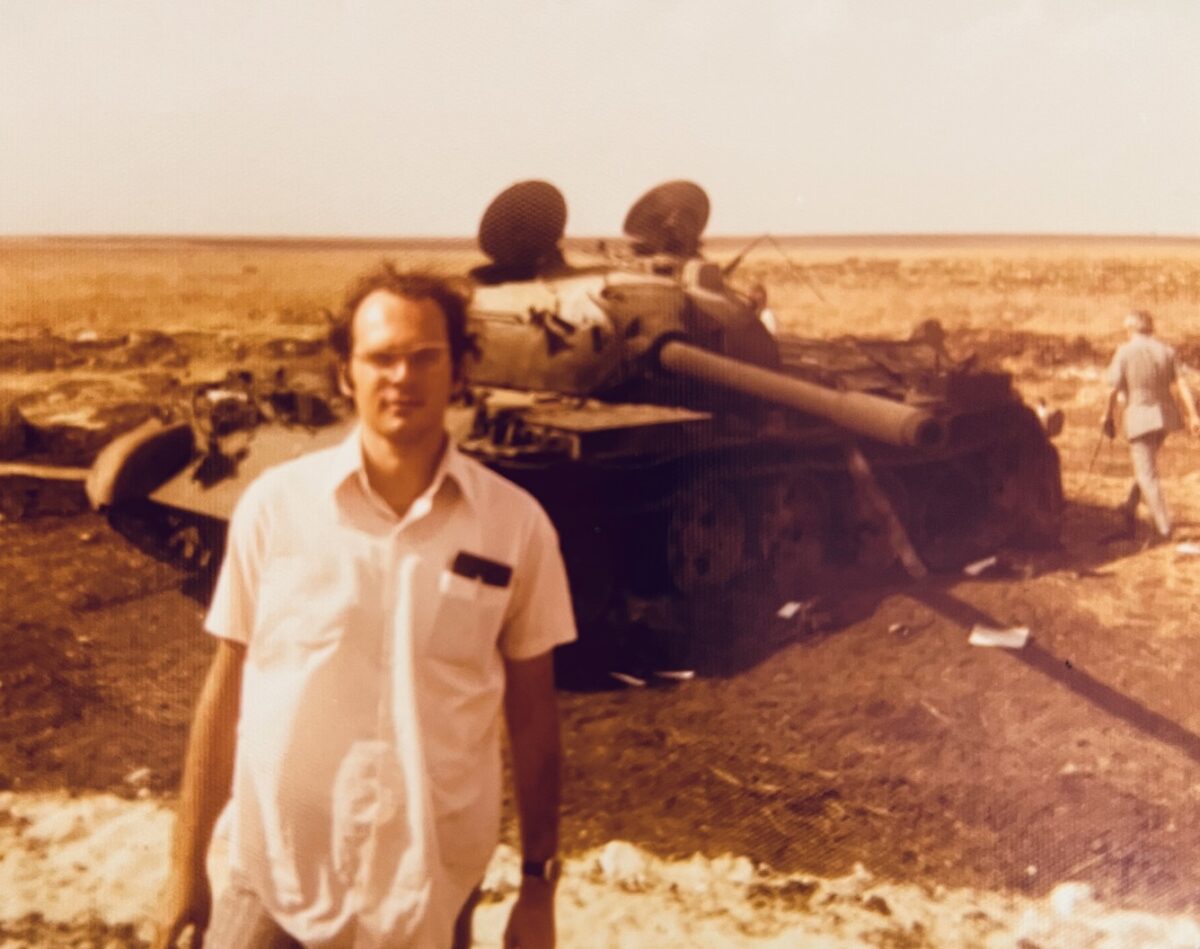Time flies.
Incredibly enough, 50 years have elapsed since the eruption of the Yom Kippur War.
It broke out on October 6, 1973 and ended 18 days later when Israel, Egypt and Syria agreed to honor a ceasefire.
I remember this war vividly, having lived in Israel during this tense and uncertain period, when I was a young man just starting out in life.
The night before Egypt and Syria launched their respective offensives in the Sinai Peninsula and the Golan Heights, my wife Etti and I abruptly cancelled a party at her parents’ apartment in Jaffa after our guests called to say they were unable to attend.
I was leaving Israel after a two-and-a-half sojourn and returning to Montreal. The good-bye party in my honor was to be attended by our friends, but now it had to be put off because the army had begun to call up male reservists.
We were puzzled by the situation, but when Etti and I took a walk in Jaffa on that fateful night, we realized that something was terribly amiss. Although the Yom Kippur holiday had already begun, the main thoroughfare, Sderot Yerushalayim, was clogged with civilian and army vehicles. It was bizarre.
Early the next morning, we heard the sound of overhead jets. This was also unusual, since normal Yom Kippur mornings in Israel are always solemnly quiet.
After breakfast, we went out for a walk. To our surprise, the streets around us were clogged with traffic. What was going on?
At two o’clock, we turned on the radio. Kol Israel announced that Israel was fending off Egyptian and Syrian attacks. With Israel at war for the fifth time since the proclamation of its statehood in 1948, I postponed my flight back to Canada.
Several days later, on October 11, I boarded a bus bound for the Golan, which I had last visited in June. The media department of the Foreign Ministry had invited foreign correspondents to visit the Golan front. I joined them, having been assigned to cover the opening phase of the war for New Outlook, an Israeli magazine published in English and edited by Simcha Flapan.
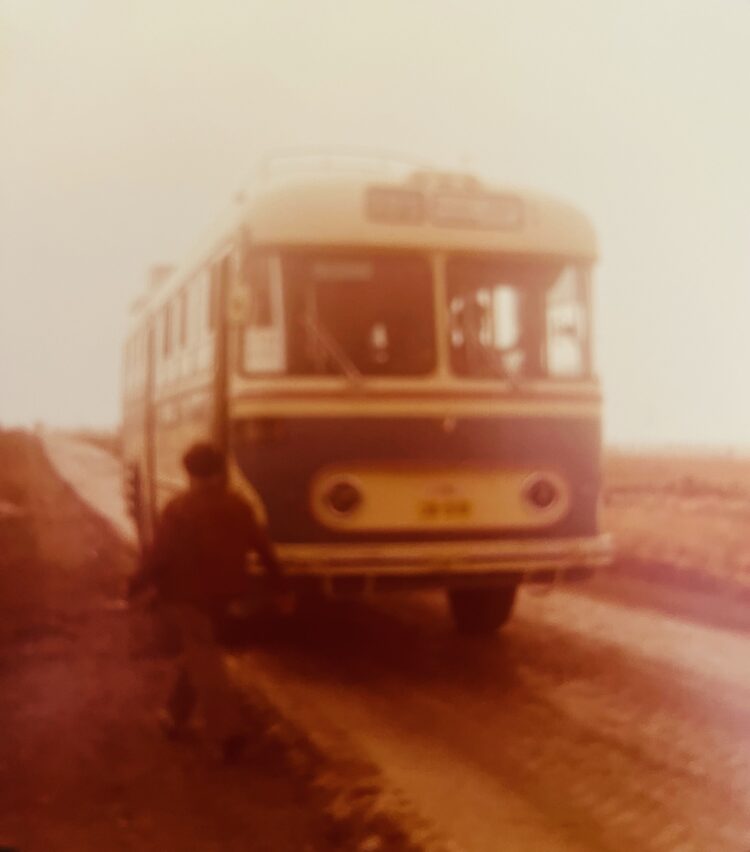
En route to the Golan, a journey of at least three hours, I turned around in my seat and discovered that the person directly behind me was none other than Zubin Mehta, the guest conductor of the Israel Philharmonic Orchestra. Mehta, a Parsi, was unreservedly pro-Israel, and I suppose he wanted to get a first-hand impression of the war.
Around 11 a.m., the bus pulled into Kibbutz Ginossar, which faces the Sea of Galilee and the stolid Golan mountain range. There we were given a cursory briefing. The official who conducted it informed us that Israeli forces were pushing back the Syrians, who had almost succeeded in conquering the southern portion of the Golan and reaching the Jordan River.
While waiting to reboard the bus, I watched several Israeli Phantom jets streaking across the lake toward the Golan.
As the bus crept up the hilly road, I heard a loud bang, an explosion several hundred meters away that rattled one of the reporters, who suddenly realized he was in a war zone.
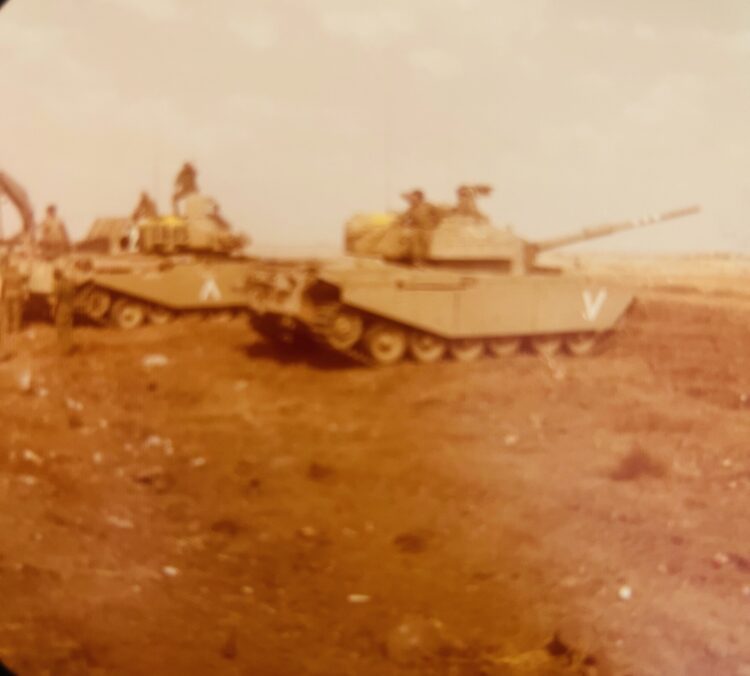
The bus stopped on a two-lane asphalt-paved road close to a sign reading El Al. From a nearby ridge, there was a panoramic view of the placid lake and of the peaceful Hula Valley.
In a ditch further up the road lay the remains of a disabled Soviet-built Syrian tank. There was also an abandoned Israeli jeep with a bloodied bullet hole through its windshield and a forlorn El Al Airlines handbag on the front seat.
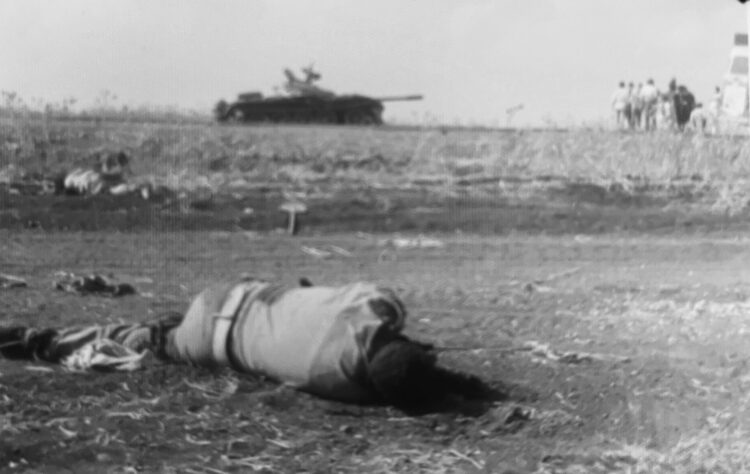
On the other side of the road, in a blackened field, were the bloated corpses of three Syrian soldiers who had been killed some days earlier. Two of the soldiers were tied with a rope.
It was the first time I had seen dead bodies. An American correspondent asked our guide, Dan Bavli, why they hadn’t been buried. He was flustered by the question, realizing the Syrians should have been removed from the battlefield. Regaining his composure, he said there had been no time to bury them.
Wandering around the field, I came upon another dead Syrian soldier. His body had swollen grotesquely, his penis sticking through his soiled trousers. A photographer snapped one picture after another of him.
Further afield, I saw the charred corpse of a Syrian soldier in the front seat of a jeep. He was leaning forward toward the steering wheel. An American reporter said he had never seen such a ghastly sight during his coverage of the war in South Vietnam.
The bus went as far as Sasa, in a bulge of Syria captured by Israel during the war. We stopped there for about 15 minutes, with the sounds of artillery fire in the distance.
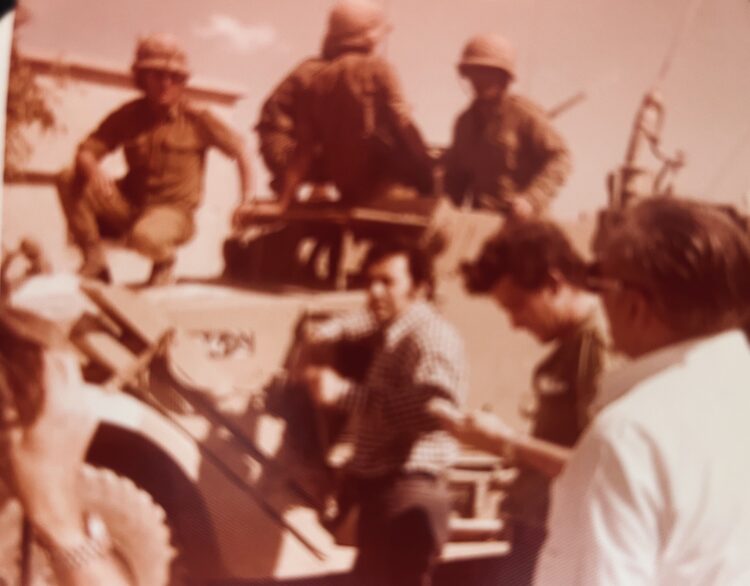
With battles raging beyond the horizon, Mehta collared a young Israeli army officer and asked him questions about ongoing operations. Since he was not at liberty to answer, the conversation turned to music. As it turned out, the officer was remarkably well versed in Western classical music. And he was in awe of Mehta, whom he was honored to meet. Mehta himself was delighted to be in his company and jotted down his name and phone number on a pad.
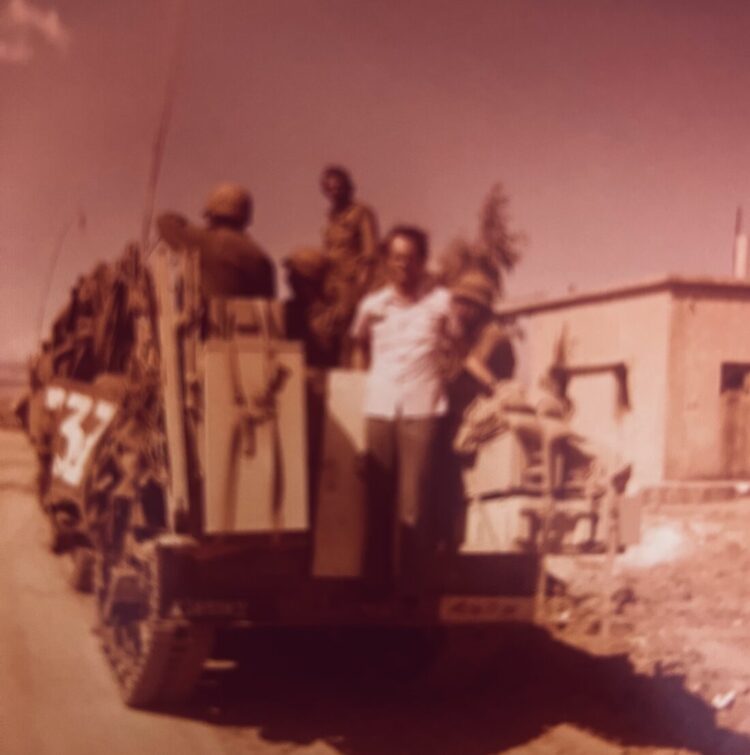
Five decades on, this surreal and precious moment in time is still one of the most amazing encounters I have ever witnessed.
Regrettably, it was time to leave the war and return to the comforts of home in Tel Aviv.
Back in Jaffa, I could barely believe that Israel was waging a war, which would claim so many lives and ineradicably alter the geopolitics of the Middle East.
A few days layer, I learned that my cousin, a pilot in the Israeli Air Force, had been shot down over the Golan on the first or second day of the war. Luckily, he bailed out of his burning Skyhawk jet and landed behind Israeli lines.
In the summer of 1975, I visited Syria and Egypt in my capacity as a reporter for a Canadian newspaper in Toronto.
In Syria, I talked to government officials in Damascus about the current situation in the region, toured the city and savored its exotic sights, paused at a square where the Israeli spy Eli Cohen was hanged, talked to a Jewish merchant in his apparel shop, visited a Palestinian refugee camp where I sensed deep anger, and gazed through barbed wires at the Israeli-held Syrian town of Kuneitra.
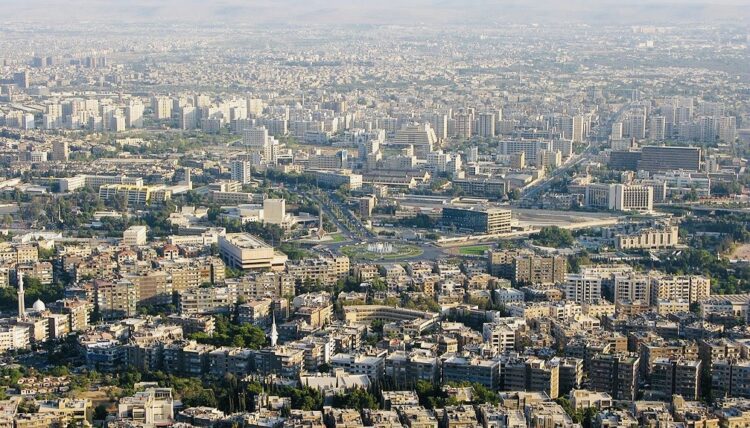
Shortly afterward, I left Syria under duress, my guide having advised me to leave as soon as possible. I took his advice and got on a bus to Jordan the following morning. In Amman, I struck up a conversation in rudimentary Hebrew with a Palestinian taxi driver who had lived in Jerusalem.
Egypt was far less tense. From my base in Cairo, a frenetic city of markets, mosques, busy streets and endless traffic, I was driven to the Bar-Lev Line. Named after an Israeli general and overlooking the Suez Canal, it was a supposedly impregnable early-warning system of fortifications built by Israel during the War of Attrition, which broke out after the Six Day War. Much to Israel’s distress, the Egyptian army burst through it in the opening phase of the war.
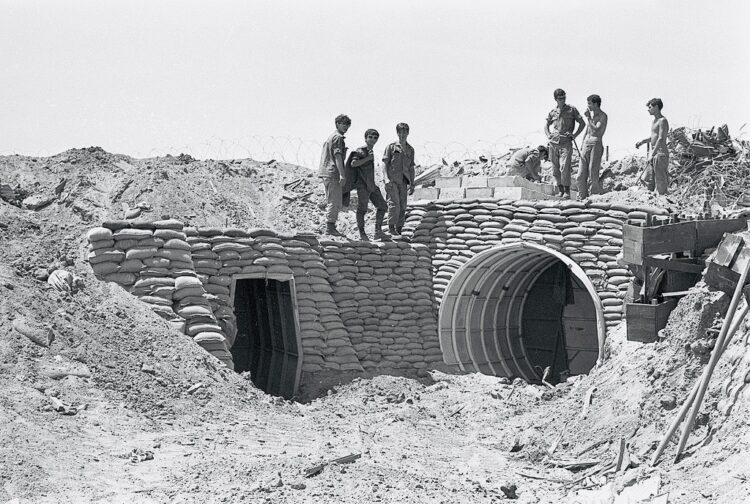
The fortification to which I was taken was heavily damaged, one of its guns twisted out of shape.
An Egyptian major, a hefty and amiable man, escorted me to an underground bunker. As I sipped sweet tea amid a group of friendly soldiers, he boasted of Egypt’s military feat in breaching the Bar-Lev Line.
Only four years later, Israel and Egypt signed a U.S.-brokered peace treaty that endures to this day. The universal consensus is that it was a byproduct of the Yom Kippur War.
Israel and Syria, however, remain bitter enemies, the residue of the 1973 war still shaping their mutual hostility.
